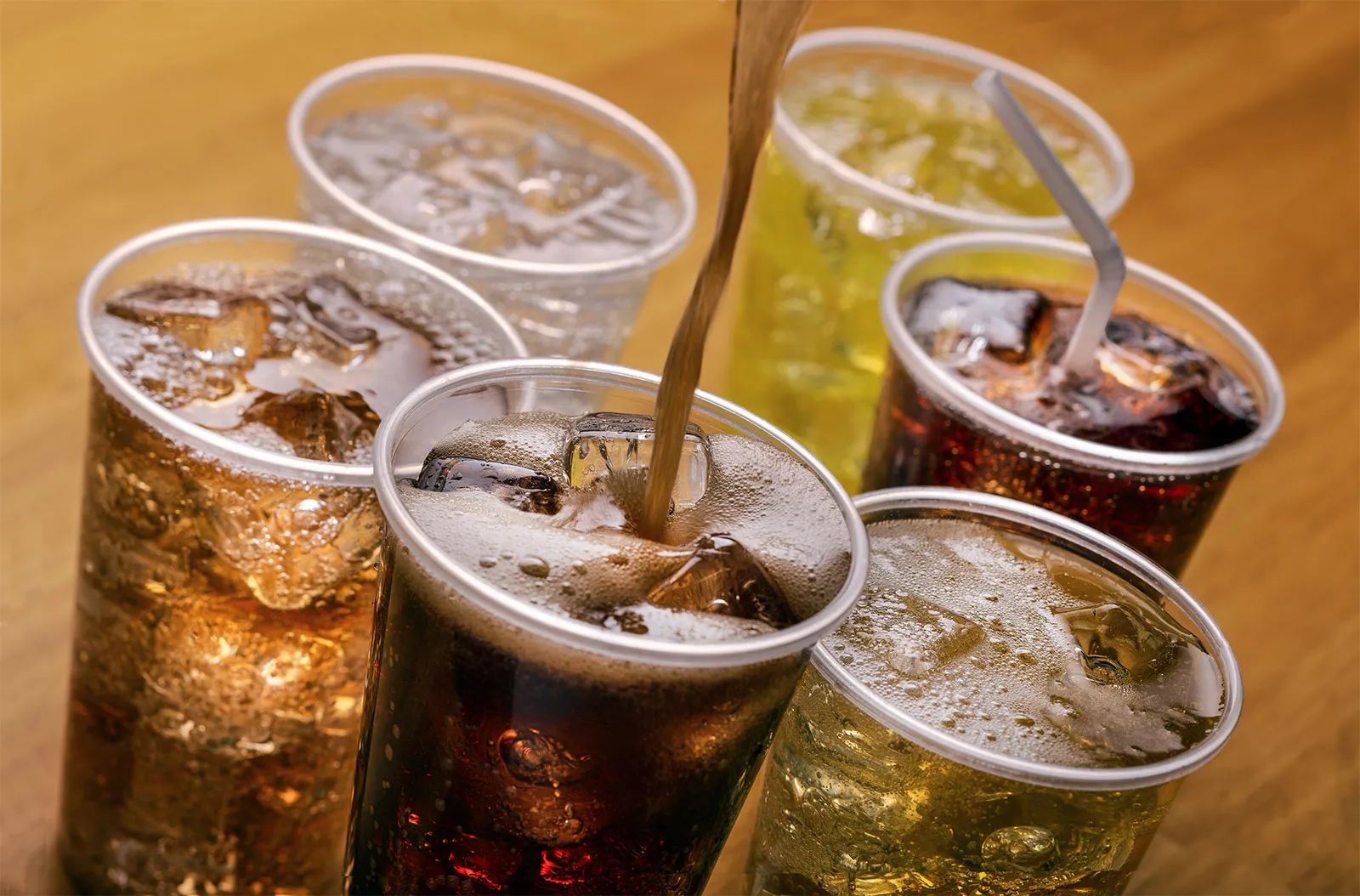The Fizz Factor: A Deep Dive into the World of Soft Drinks
Soft drinks, those effervescent beverages that have quenched thirsts and tantalized taste buds for centuries, have become an integral part of global culture.1 From their humble beginnings to their ubiquitous presence today, soft drinks have evolved into a complex industry with far-reaching implications for health, society, and the environment.
A Brief History of Soft Drinks
The origins of soft drinks can be traced back to ancient civilizations, where fermented beverages were consumed for both pleasure and medicinal purposes. However, the modern era of soft drinks began in the 18th century with the invention of carbonated water. This innovation, combined with the addition of sweeteners and flavorings, gave birth to the first commercial soft drinks.
The 19th century saw a surge in soft drink popularity, with numerous brands emerging and competing for market share. Coca-Cola, invented in 1886, quickly became a household name, and its success paved the way for other iconic brands like Pepsi-Cola and Dr Pepper.2
The Chemistry of Fizz
The distinctive fizz of a soft drink is due to the presence of carbon dioxide gas, which is dissolved in the liquid under pressure.3 When the bottle or can is opened, the pressure is released, allowing the carbon dioxide to escape in the form of bubbles.4
The carbonation process not only adds a refreshing sensation but also enhances the flavor of the drink.5 It can also help to mask the taste of artificial sweeteners, making them more palatable to consumers.
The Sweet Side of Soft Drinks
Sugar is a key ingredient in most soft drinks, providing sweetness and flavor.6 However, excessive sugar consumption has been linked to a variety of health problems, including obesity, type 2 diabetes, and heart7 disease.8
In response to growing health concerns, many soft drink manufacturers have introduced low-calorie and sugar-free options.9 These drinks often rely on artificial sweeteners such as aspartame, sucralose, and acesulfame potassium.10 While these sweeteners can help to reduce calorie intake, some studies have raised concerns about their potential long-term health effects.11
The Dark Side of Soft Drinks
In addition to sugar and artificial sweeteners, soft drinks often contain other ingredients that may have negative health consequences.12 Phosphoric acid, a common ingredient in cola drinks, can contribute to tooth erosion and bone loss.13 Caffeine, another common ingredient, can cause jitters, insomnia, and other side effects in excessive amounts.14
Furthermore, the consumption of soft drinks has been linked to a variety of other health problems, including:
- Obesity: Excessive sugar intake from soft drinks can lead to weight gain and obesity.15
- Type 2 Diabetes: High sugar consumption can increase the risk of developing type 2 diabetes.16
- Heart Disease: A diet high in sugar and saturated fat, often found in soft drinks, can contribute to heart disease.17
- Kidney Disease: Excessive sugar consumption can strain the kidneys and increase the risk of kidney disease.18
The Environmental Impact of Soft Drinks
The production and consumption of soft drinks have a significant environmental impact.19 The manufacturing process requires large amounts of water and energy, and the packaging materials, often plastic, contribute to pollution and waste.
Moreover, the transportation of soft drinks over long distances adds to carbon emissions and other environmental problems.20 As consumers become increasingly aware of the environmental consequences of their choices, there is growing demand for sustainable packaging and production practices in the soft drink industry.
The Future of Soft Drinks
Despite the challenges and criticisms, soft drinks remain a popular beverage choice worldwide. However, the industry is facing increasing pressure to reformulate its products to meet the evolving needs and preferences of consumers.
As health consciousness grows, there is a shift towards healthier alternatives, such as sugar-free and low-calorie options.21 Additionally, there is a growing emphasis on natural ingredients and sustainable packaging.
The future of soft drinks will likely involve a combination of innovation and adaptation. By addressing the health and environmental concerns associated with their products, soft drink manufacturers can continue to thrive in a changing world.
